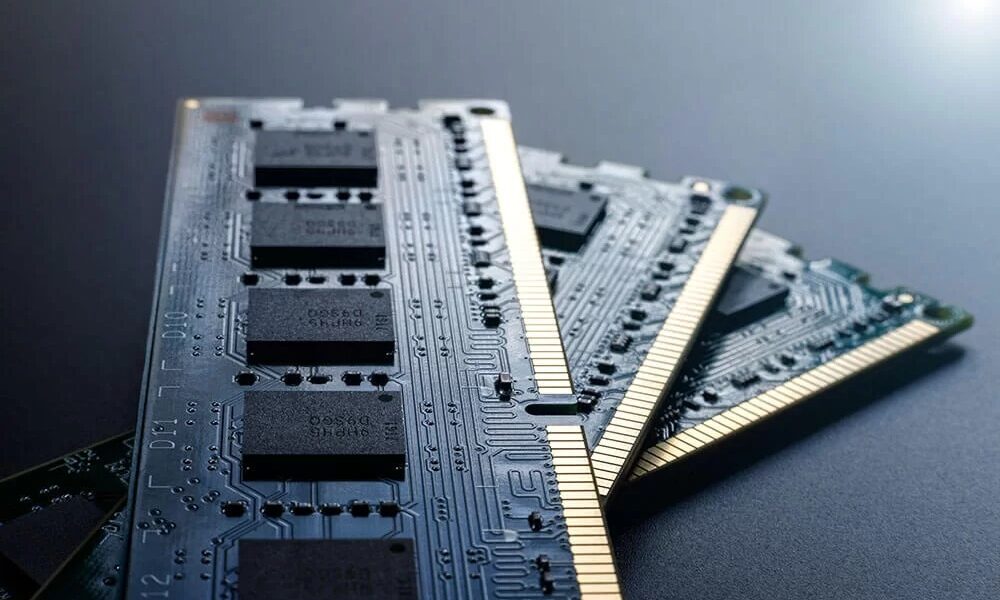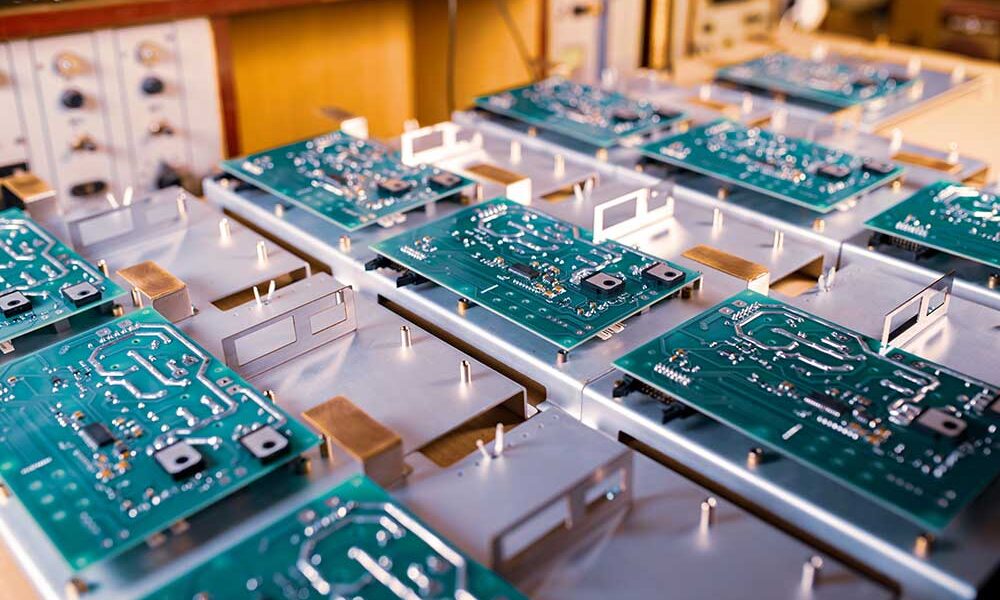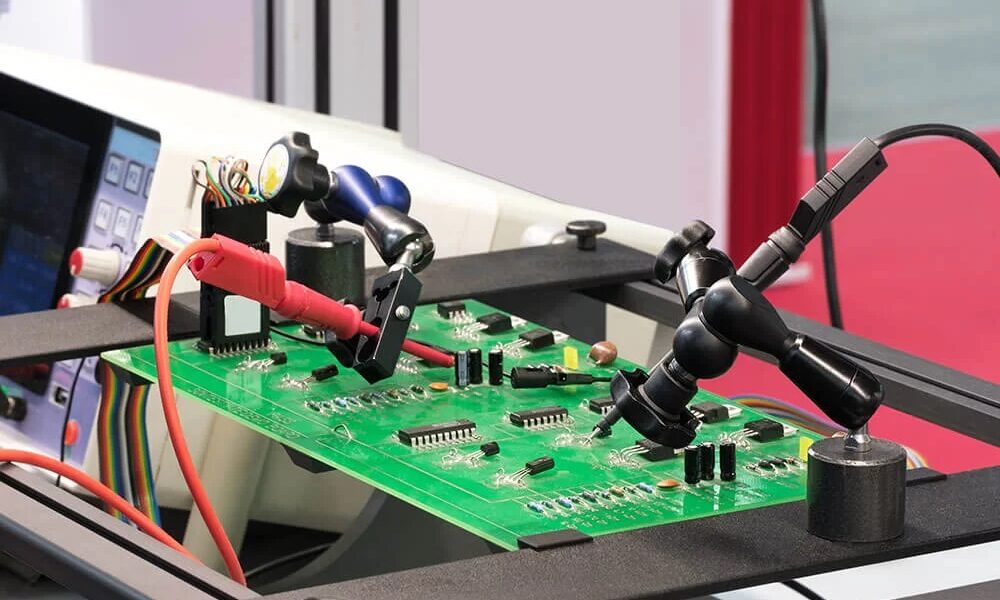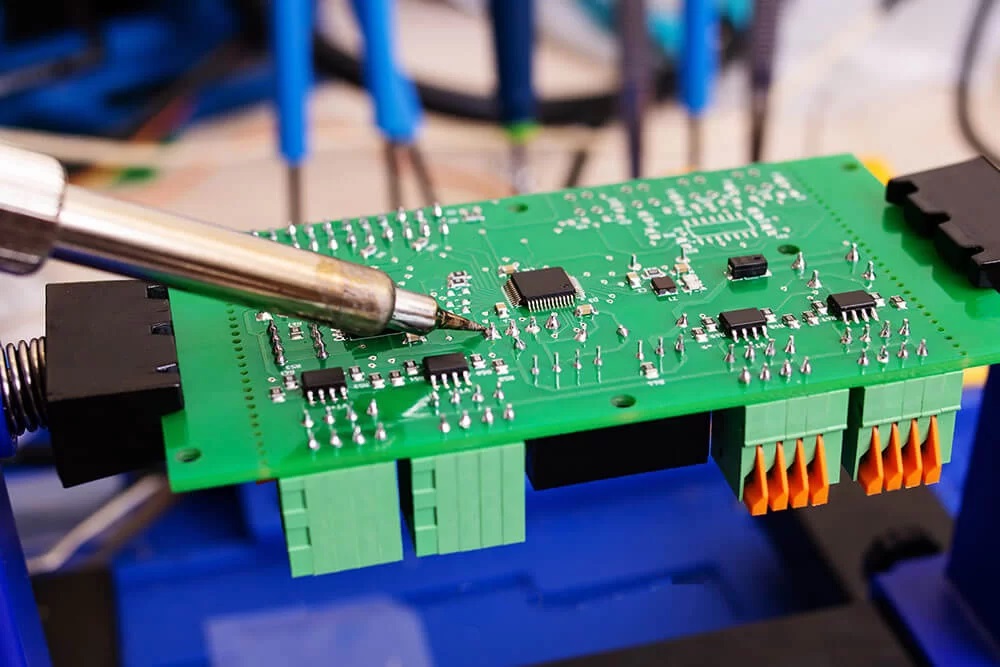
A prototype circuit board is a helpful tool for any electronics project or design process. When designing a prototype circuit board, it is essential to follow best practices to ensure the best results. Doing this will result in less time spent on troubleshooting, testing, and fabrication. This article will explain the best practices for designing a prototype circuit board. We will cover the design process, fabrication, troubleshooting, testing, and conclude with best practices for designing a successful prototype circuit board. Beside that, it is equally important to be aware of the common mistakes to avoid when building a prototype circuit board, as it can help save time, effort and resources while ensuring better outcomes.
Design Process
An effective design process for a prototype circuit board begins with research and planning. It is important to consider the application of your circuit board and the components that best fit that application. Next, develop a schematic by connecting the components with wires and symbols. This schematic will serve as a blueprint for the circuit board design. Once the schematic is completed, the components can be logically placed on the ready-made template. Finally, the wires representing the wires of the circuit board are routed between the components to complete the design. Following these steps will lead to a well-designed prototype circuit board.
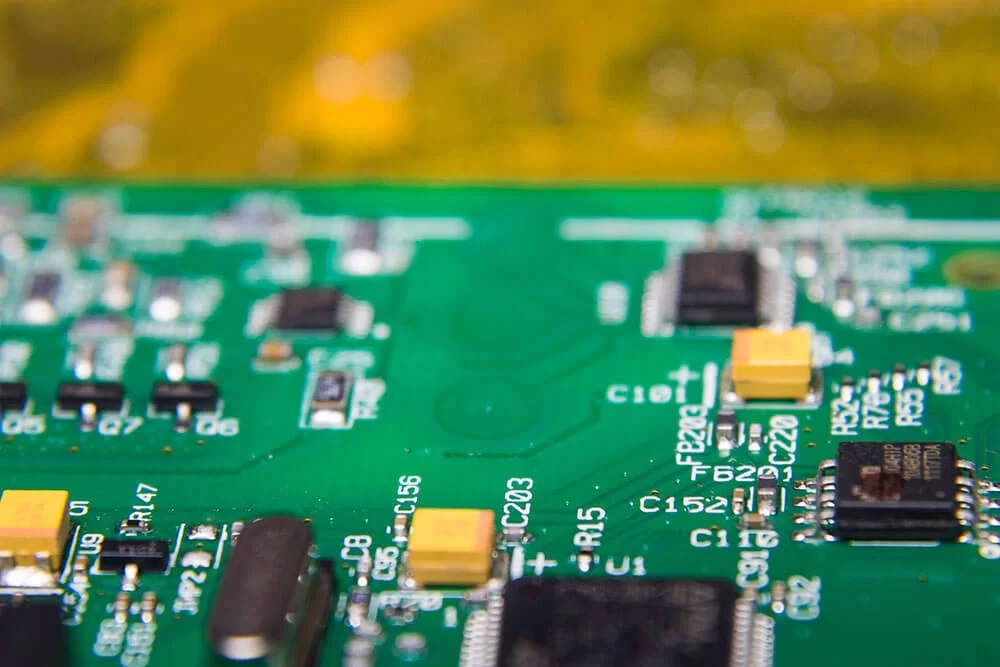
Fabrication
Fabricating a prototype circuit board requires skill and attention to detail. The best methods to use when fabricating a prototype circuit board include soldering and testing. Soldering is the process of joining together two or more pieces of metal, typically copper, by applying heat. It is important to use the right solder, flux, and tools to make sure the connection is secure. Testing is essential as it allows for any errors to be found and corrected. With the right tools and care, fabricating a prototype circuit board can be a successful and rewarding experience. NETPCB offers exceptional OEM services that enable you to build the PCB according to your specific requirements, ensuring that you receive the exact product that you need to meet your unique needs and specifications.
Troubleshooting
Troubleshooting a prototype circuit board can often reveal common problems that can occur during the design process. These problems often stem from faulty connections, insufficient power requirements, and incorrect component placement. To best address these problems, it is important to test, check, and adjust the connections and components as necessary. It is also important to have the necessary tools such as a multimeter and soldering iron to ensure the best results. Taking the time to properly troubleshoot any issues that arise can save time and effort in the long run.
Testing
Testing a prototype circuit board is incredibly important to make sure it is functioning the way it should. There are several methods of testing that are well-suited for success. Visual inspection is a good place to start, as it is a relatively easy process that can reveal any potential issues with the circuit board. Other methods can include testing with a multimeter, oscilloscope, and logic analyzer; as well as environmental and stress testing. These tests can help identify any potential issues and help to ensure that the circuit board is functioning as intended.
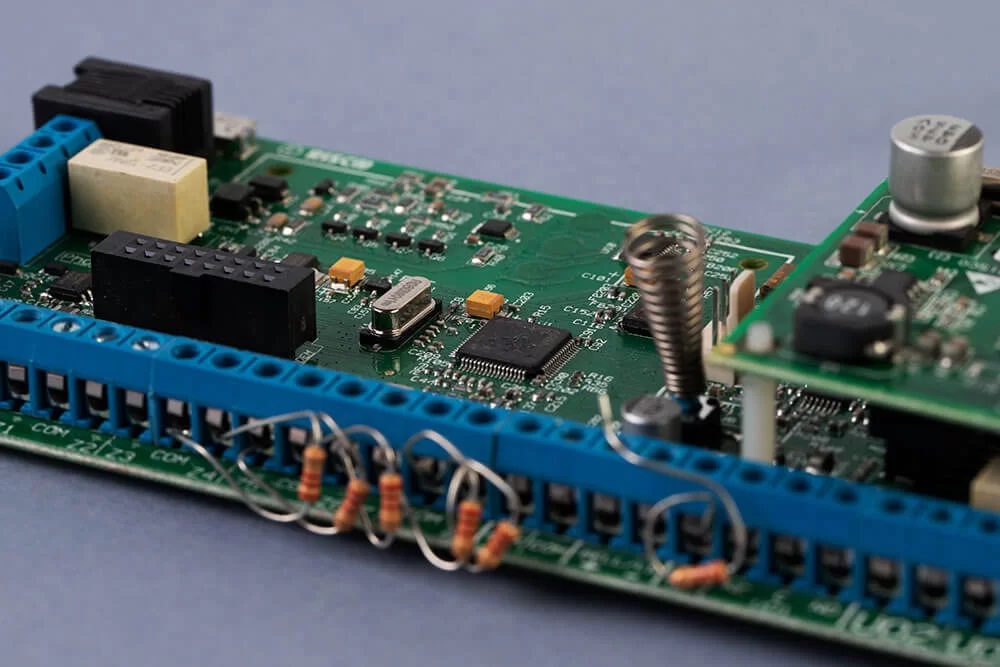
Conclusion
In conclusion, it is essential to follow best practices when designing a prototype circuit board. This includes researching and planning, developing a schematic, selecting components, logically placing components, routing wires, and fabricating the circuit board. Additionally, troubleshooting, testing, and inspecting for errors is essential to ensure the circuit board functions the way it should. By following these best practices, it is possible to create a prototype circuit board that meets your specific needs.
If you’re facing any issues while building the PCB, check the FAQ section on support center, as it provides comprehensive solutions to common problems that are encountered during the PCB building process.

